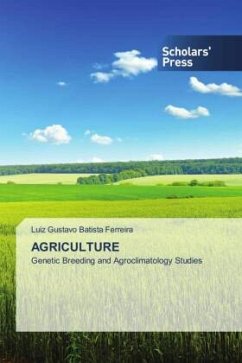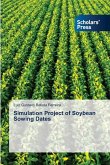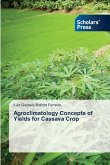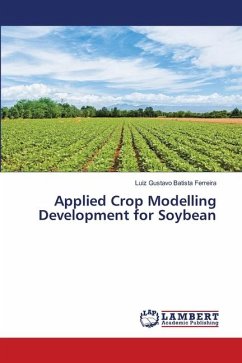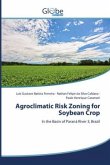Crop breeding can be characterized as the art and science of developing plants with higher productivity, added to other agronomic characteristics of interest (resistance to biotic and abiotic stresses), and which reflects a reduction in investments with agricultural inputs. Wheat is one of the main foods in the human diet. It is used by 35% of the world population, (Kronstad, 1986), in addition to being one of the most planted cereals in the world (FAO, 2011), and representing about 20% of the total calories currently consumed by humanity. Despite of the agricultural technological advances, the climate is still the most important variable in crops production. The most significant natural variables in the production process come from the climate. Climate and the meteorological conditions are responsible for 80 % of the variability of crop production. Rainfall are the most important element and the most significant meteorological attribute in tropical and subtropical areas, where its variable distribution and occurrences of extreme periods between droughts and precipitations influence human activities, such as agriculture.
Bitte wählen Sie Ihr Anliegen aus.
Rechnungen
Retourenschein anfordern
Bestellstatus
Storno

